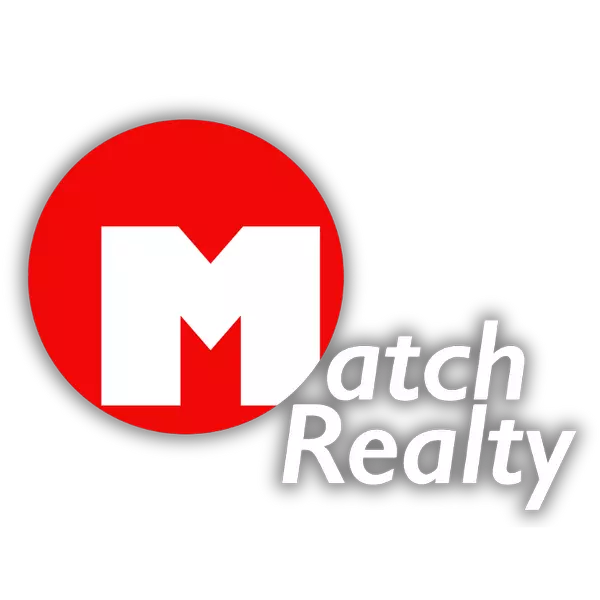How Detroit's Neighborhoods Are Transforming
Revitalization Projects: How Detroit's Neighborhoods Are Transforming
Detroit, once known as the automotive capital of the world, faced significant challenges in the latter part of the 20th century, including population decline, urban decay, and economic hardship. However, in recent years, the city has experienced a resurgence, fueled by a wave of revitalization projects aimed at transforming its neighborhoods. From downtown districts to historic communities, here's a look at how Detroit's neighborhoods are undergoing positive change.
1. Downtown Detroit
Downtown Detroit has seen a remarkable transformation in recent years, with new developments and investments revitalizing the area. Projects like the Detroit Riverfront redevelopment and the construction of Little Caesars Arena have brought new life to the waterfront and entertainment districts. The influx of businesses, restaurants, and residential units has made downtown Detroit a vibrant and bustling urban center once again.
2. Midtown
Midtown Detroit, home to cultural institutions like the Detroit Institute of Arts and Wayne State University, has become a hub for arts, education, and innovation. Revitalization efforts in Midtown have focused on preserving historic buildings and fostering a creative and entrepreneurial community. The development of the QLINE streetcar system and the addition of new retail and dining options have further enhanced Midtown's appeal as a dynamic urban neighborhood.
3. Corktown
Corktown, Detroit's oldest neighborhood, has undergone a renaissance in recent years, attracting young professionals and creative entrepreneurs. Historic buildings have been restored and repurposed into trendy restaurants, bars, and shops. The Ford Motor Company's investment in the Michigan Central Station redevelopment project has brought renewed attention to Corktown, positioning it as a key destination for urban living and innovation.
4. North End
The North End neighborhood has emerged as a hotspot for community-driven revitalization initiatives. Projects like the Oakland Avenue Urban Farm and the Ella Fitzgerald Park renovation have transformed vacant lots and blighted properties into vibrant green spaces and community hubs. Community organizations and local residents are leading efforts to improve housing, infrastructure, and quality of life in the North End, creating a model for grassroots revitalization.
5. Eastern Market
Eastern Market, one of the oldest and largest public markets in the United States, has long been a cornerstone of Detroit's food and agriculture scene. Recent revitalization efforts have focused on expanding and modernizing the market while preserving its historic character. The addition of new businesses, art installations, and community events has made Eastern Market a thriving cultural and culinary destination for locals and visitors alike.
Conclusion
Detroit's neighborhoods are undergoing a remarkable transformation, driven by a combination of public and private investment, community engagement, and creative innovation. From downtown districts to historic communities, revitalization projects are breathing new life into Detroit's urban landscape, creating opportunities for economic growth, cultural enrichment, and community development. As these neighborhoods continue to evolve, Detroit is poised to reclaim its status as a vibrant and resilient city.
Categories
- All Blogs (306)
- Down Payment Assistance (1)
- Instagram (1)
- Match Realty Listings (6)
- Metro Detroit (104)
- Metro Detroit Condos (8)
- Metro Detroit Counties (2)
- METRO DETROIT REAL ESTATE GUIDE (113)
- METRO DETROIT REAL ESTATE STORY (66)
- Neighborhoods (12)
- NEWS (2)
- Real Estate Investing (6)
- Top 5 Detroit (1)
- TOP METRO DETROIT'S (26)
Recent Posts










